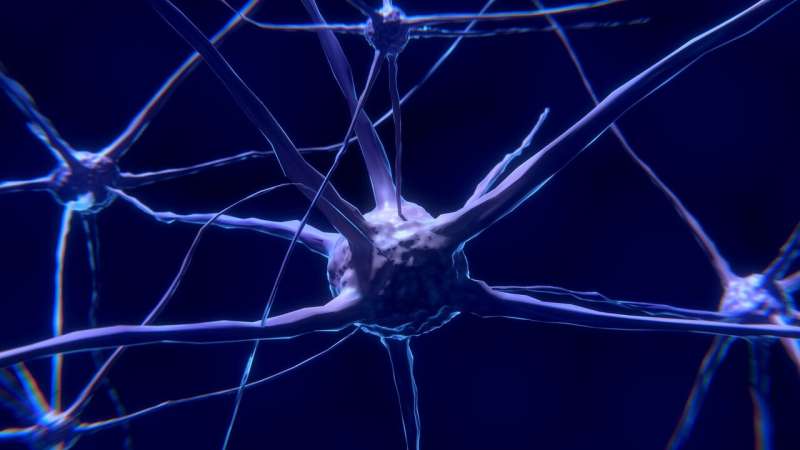Neural stem cells to be readied for newborn therapy under $5M grant to San Diego researcher

California's stem cell agency has awarded nearly $5 million to a San Diego researcher to prepare a therapy for newborns deprived of oxygen or blood during birth.
Dr. Evan Y. Snyder will use the California Institute for Regenerative Medicine grant to ready human neural stem cells for use in the newborns. These cells release protective chemicals that could help damaged brain cells recover, said Snyder, a professor at Sanford Burnham Prebys.
Lack of nutrients during birth causes what's called perinatal hypoxic-ischemic brain injury. It can result in cerebral palsy and other neurological disorders. Existing treatments, such as cooling the baby, limit the damage but don't repair cells.
Snyder said he envisions the neural stem cells could be given to the babies after they've undergone cooling therapy, now considered standard of care. This would be tested in a clinical trial compared to treatment with cooling therapy alone.
The goal is to rescue damaged brain cells that are "teetering on the edge," Snyder said. The neuroprotective cells can tilt the balance toward recovery. These cells don't actually replace damaged cells, but help heal while they live.
The neural stem cells were generated in 2000 from a human fetus, Snyder said. The cells can be grown perpetually, providing an inexhaustible supply. This is similar to what president George W. Bush decided in 2001, when he approved federal research funding of existing lines of human embryonic stem cells, Snyder said.
Snyder said he created the stem cells in response to a request from the National Institutes of Health for more efficient ways to make use of fetal brain tissue. He originally isolated them in 1998, a first in the field.
In most cases, fetal brain cells used for research or therapy must be continually collected from fetuses, he said. Growing them from neural stem cells eliminates this need.
"They can be expanded, they can be banked, they can be frozen," Snyder said. "They can be turned into any cell type in the nervous system that you're interested in."
Fetal cell use is controversial because the cells are derived from aborted fetuses. These particular neural stem cells were created with funding from the NIH when that was allowed, Snyder said.
The cells aren't quite ready to use just yet, Snyder said. They have been grown under research conditions, not in a clinical grade manufacturing process. That can be accomplished by growing these cells under clinical-grade conditions.
"Cells taken from the same source have actually been used in clinical trials for brain tumors," Snyder said. "And similar cells have been in clinical trials for spinal cord injuries."
Snyder said his work under the $4.96 million CIRM grant will take about 2 1/2 years at most. This will include animal studies to determine the best dose of cells, when to give them and where to give them.
The cells will likely be injected through the soft spot on the newborn's skull, Snyder said.
When the project is over, he'll submit a preliminary package to the U.S. Food and Drug Administration.
©2019 The San Diego Union-Tribune
Distributed by Tribune Content Agency, LLC.



















